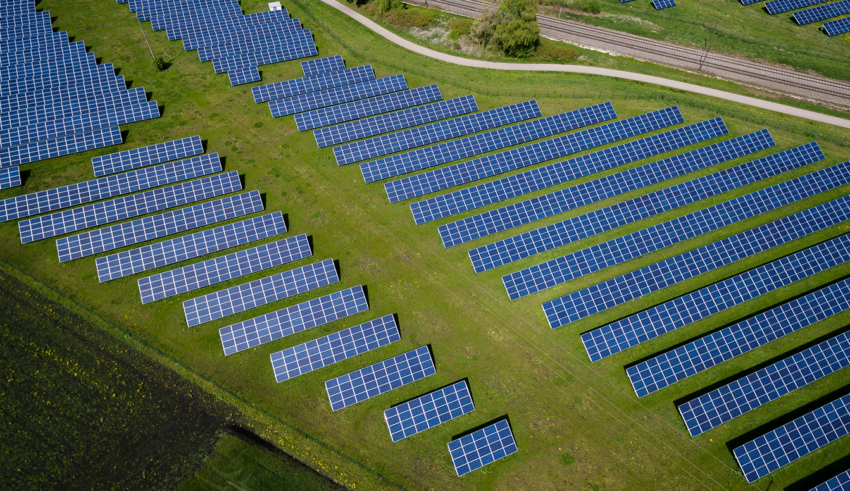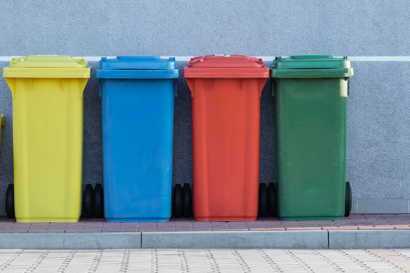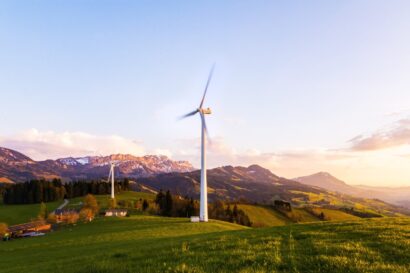AG INSIGHT | 02/02/2017
Social circularity and data security

Circular economy must also address the key issues of social values and data security, says Mat Roberts, Group Director of Sustainability Strategy at Interserve.
Growth of the circular economy in resources is gathering speed. Yet the early signs of pressure on resource availability has been concealed by low energy prices, which had masked materials exposure risk to many C suite decision makers.
Even when it comes to designing in circularity for a project, it’s often seen as an additional cost rather than an investment. The business models around circularity are very much in their infancy and good progress is being made at the EU level through the Circular Economy Package to help mainstream circularity.
Data as a challenge and enabler
As a construction support services business, our work is all about building, maintaining and repurposing our customer’s assets. These assets are becoming increasingly intelligent with more technology and data that have huge potential to redefine our linear economy as circular:
- The Internet of Things holds the possibility of connected buildings, contents, vehicles and devices allowing us to understand and react to actual maintenance requirements rather than time defined replacement or mark one-eye ball inspections. This will reduce costs, as only actually worn out parts will be replaced when worn out rather than ahead of the average wear and tear of the average user.
- Blockchain technology is now finding wider application outside the niche markets of cryptocurrency in providing reliable chain of custody system that will ultimately mean that almost everything we consume will be traceable.
- The introduction and Health and Utility Management Systems in aviation (HUMS) allowed aircraft operators to review and amend their maintenance cycles to reflect the actual use and wear on a particular part rather than the best endeavours of a panel of engineers and tests on the likely life of a bearing, blade, gear of lubricant.
As consumers, many of us take our cars into the garage for its annual service even though its only done half the mileage needed for a use based service. We wait for a washing machines to actually break down or our light bulbs to blow before we maintain them. In a perfect world we would book the service engineer or change the bulb a few days or hours before thus avoiding a pile of wet washing or stumbling around in the dark.
Improving the quality and amount of data that we capture brings concerns about the security of the devices and the data we will capture. Cybersecruity is now a top five risk for most business and should be for most homes. The advent of thousands of devices collecting gigabytes of data moves this much further up the agenda and will slow down the obvious economic, social and environment benefits that reduced material consumption will bring.
Where are people in our circular economy model?
Discussions around circular economy are largely focused on materials and design. While there is mention of the need to reskill the workforce, there is even less notice of the values we need to have in place. The linear economy is longstanding and we must ensure people, workforces and customer bases have confidence in the changes associated with circularity.
For the circular economy to fly, we need a population with the technical skills to maintain, dismantle and redesign assets, but we also need a population with values of flexibility, collaboration and confidence for change, who will embrace the better quality of life offered. Services key to a circular economy such as repair and maintenance are essential local activities. This leads to better and more local jobs, lessening the need to commute to a city centre to work. There is also a sense of value and worth that comes from enabling a neighbour to have the latest features in their device by upgrading it to the latest version, replacing the part that was coming to the end of it life or saving them money by not replacing the part that the schedule said might need it as their use pattern means it’s still fine.
This social circularity ask will be key to ensure that the circular economy is embedded in our operations and takes fear out of disruption to the conventional, linear processes.
These values of flexibility, collaboration, confidence to change represent our humanity. After all we are doing all this to make the world a great place to be a human, we often forget this in the rush to green, first we must be human.
Mat Roberts is Group Director of Sustainability Strategy at Interserve.

